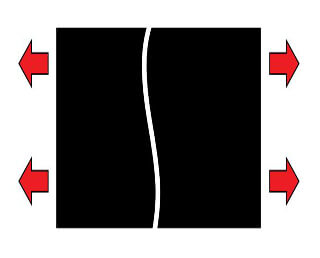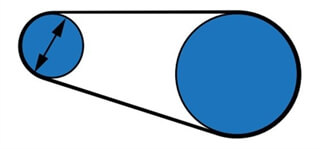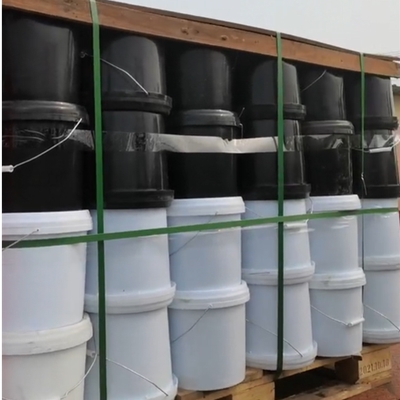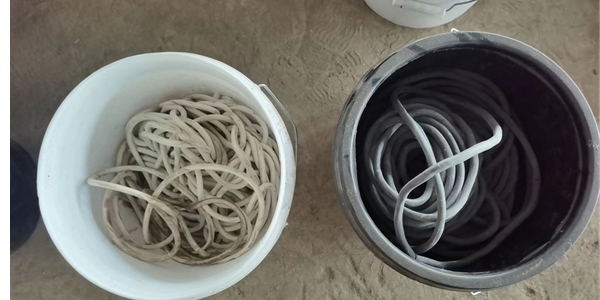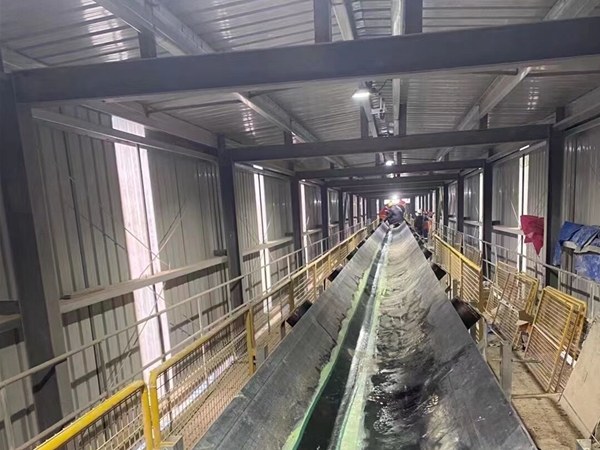Choosing the right mechanical belt buckle is one of the important steps in splicing belts. The use of improper fasteners may lead to premature wear of the joints and even catastrophic failure of the belts and joints, both of which will increase the downtime of the conveyor and safety issues.
This is why choosing the correct mechanical belt fastener is critical to the system. The right fasteners can not only reduce downtime; it will also improve your operating efficiency.
So, how can you determine which mechanical fastener is more suitable for your belt? Well, although there are many factors to consider, the appropriate fastener selection is heavily dependent on what is commonly referred to as the “big three”-belt rating/tension, Belt thickness, pulley diameter.
1. Check belt rating/tension
Each belt has a tension rating from the belt manufacturer, which is a measure of the tension required to overcome the friction of the conveyor components. Conveyor components considered in this level include the weight of the material being conveyed; the angle of the belt; and the resistance from the system components such as rollers and skirts. When it comes to belt ratings, they may be different, depending on your location.
The operating strength of each belt is rated and classified according to pounds per inch width in some parts of the world (after the safety factor). Similarly, each mechanical fastener is also rated according to P.I.W. standards
In other areas, the rated total strength of the belt (before the safety factor) is classified in kilonewtons per meter (kN/m). Therefore, the rating of each mechanical fastener is also in kN/m.
Whether your belt is in kilonewtons or pounds, it is important that the belt and fasteners are operated within their capabilities, otherwise the joint may fail prematurely.
2. Use the correct method to determine the thickness of the conveyor belt
Determining the thickness of the conveyor belt seems to be a very simple matter. You know the thickness when you buy the belt, so this is the easiest of the three measurements, right? Maybe. Maybe not. If your belt is new, you can confidently assume that you have the correct size, but if it is not, you must consider some factors.
First, the belt thickness cannot be calculated by measuring the belt thickness at any point. The key is to measure it where the joint is installed. When the drive belt is running, it will come into contact with any number of items-pulleys, rollers, retarders, and materials being conveyed. When in contact with these items, there are covers on the top and bottom of the belt. This is why it is important to know the area of the belt thickness where splicing will occur because the belt generally does not wear uniformly.
The next step in determining the thickness is whether you want to scrape the tape. Peeling belts allow you to sink fasteners into the belt by removing some of the top covers of the belt. As a result, the belt allows for better interaction with other parts of the conveyor without compromising its strength. If you have a top cover of at least 3/16” (4.5 mm), it is recommended that you cut the belt. The cutting depth can vary from 1/16 “(1.5 mm) to 3/8” (10 mm), and the average cutting depth is 1/8 “(3 mm), which accounts for the thickness of the fastener. When you determine the thickness of the belt, be sure to keep this depth in mind, because you need to measure the belt and then subtract the number of belts you plan to cut.
Each fastener design handles a different range of belt thickness. It is important that the fastener you choose is suitable for this range. Otherwise, premature belt wear and splicing failure may become a reality with your system.
3. How the pulley diameter affects your choice
The last factor to consider when choosing a fastener is the pulley diameter. The question is, which pulley? Basically, you can record the diameter of all the pulleys in your system and ensure that the belt wraps at least 90 degrees. Choose the smallest pulley to wrap 90 degrees or more. If you have a self-cleaning, winged pulley, factor in a larger diameter size.
The pulley diameter is a component that determines the two different types of fasteners-solid plate and hinge style. For example, hinged fasteners are more popular for smaller pulley diameters because they can bend in tighter turns in the system. When any style is suitable for your belt and pulley, the solid plate style is longer life and prevents sieve. In the case of small diameter pulleys, portable conveyors and any adjustable belt length, hinge fasteners are the first choice.
4. Use your calculation
If you consider all these factors, then you have all the information you need to find the right fasteners for your system. It is recommended that you contact your local Ibeltrepair expert for an evaluation if you are not sure whether you are using the correct fasteners.

